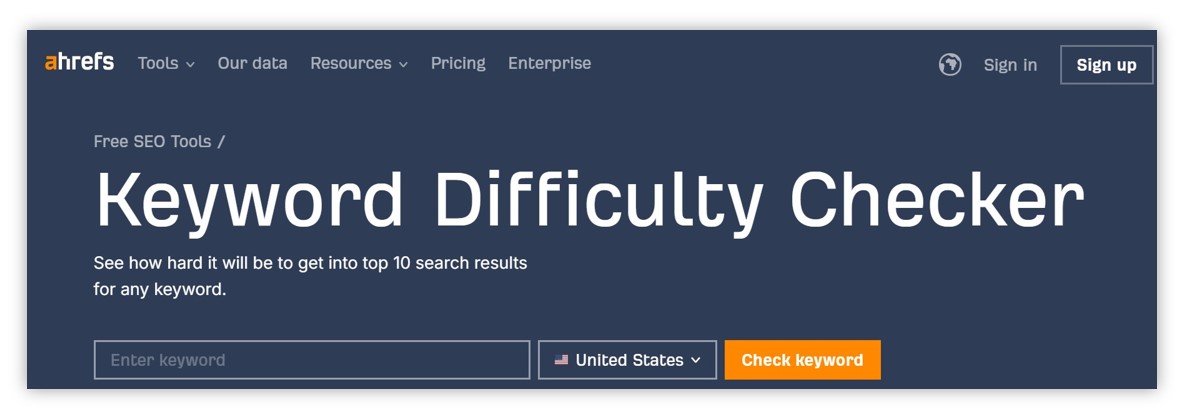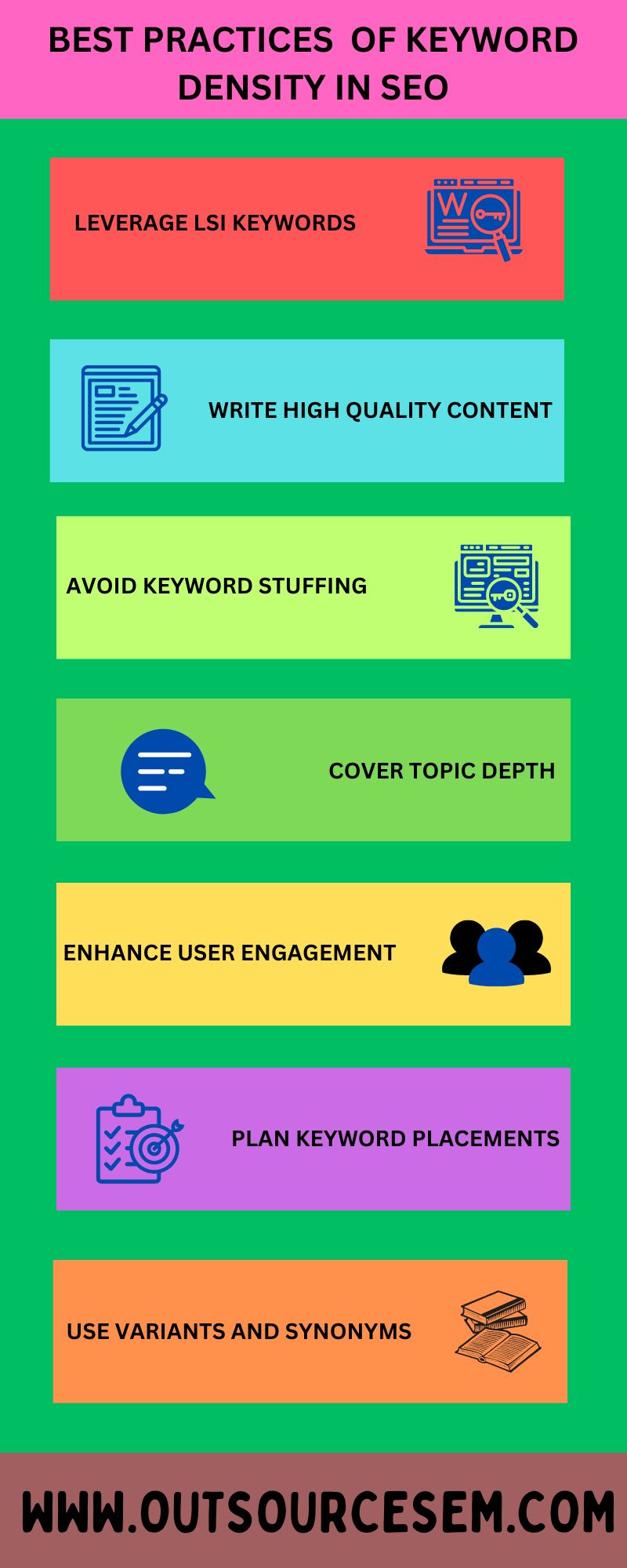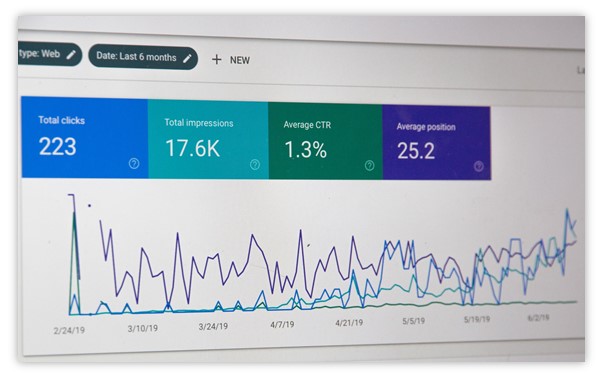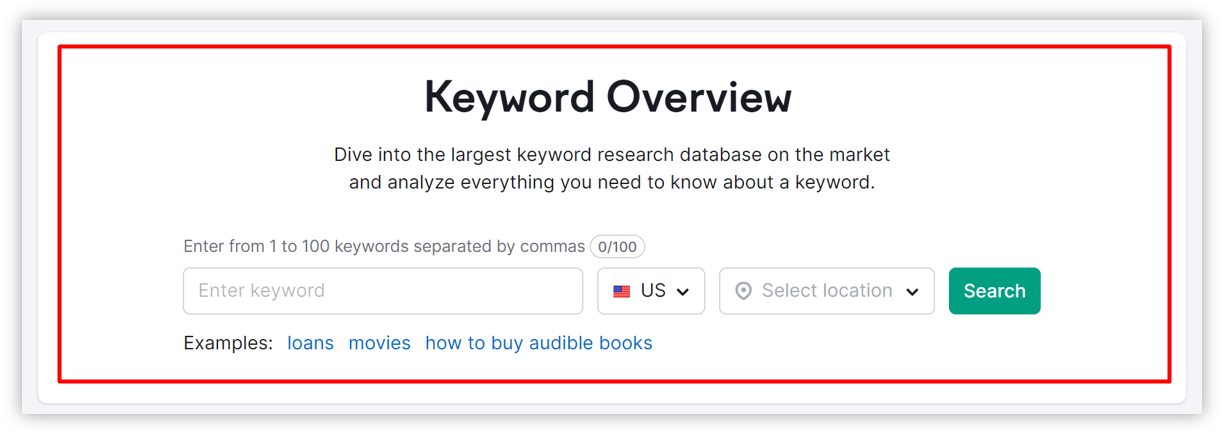According to the SEO plan and strategies, content optimized with keywords is important in enhancing the website's ranking. Any content overstuffed with keywords signals spam to search engines, leading to hurting rankings. So, keyword density has come into the frame for measuring the proper inclusion of keywords in the content. It limits the excessive usage of keywords, which can be disastrous for ranking SEO content. In this blog we will come to know about keyword density, does it matter for SEO, how to check keyword density, best practices of keyword density in SEO, and so on.
Define keyword density
The frequency of times a specific keyword appears on a web page is called keyword density compared to total word count. When you speak in terms of percentage, it's calculated by dividing the frequency of times a keyword appears on a page by the total number of words and multiplying the outcome by 100. Keyword density is crucial in assisting your page's rank on the search engine result page. You should often search for ways to optimize your keyword density.
How is keyword density calculated?
The convenient way to calculate keyword density is to divide the number of times a particular keyword is presented in content by the total number of words, then multiply the result by one hundred to get your percentage. You can also take advantage of the keyword density tool, which does more than calculating keyword density as it checks and analyzes all the top keywords used on the page or the content being analyzed and displays the following metrics for better performance of SEO and effective content optimization. However, there is no predefined limit of optimal keyword density for every page, but if you want to reach the target of ideal keyword density, a trial and error method will be applicable. It is generally advised below 3 percent. By implementing a trial and tested method for keyword density, you should test your pages to observe what keyword density suits your business best and enhances the website's rankings.
How to use a keyword density checker?
The tool that displays the frequently used words and phrases on a specific page is called the keyword density checker tool. It will make you visible the number of times a keyword is mentioned along with keyword ratio, which is defined as the number of particular keywords to the total number of words. The keyword density checker shows single keywords of up to 4 phrases. For this, you have to put the URL of the page you want to monitor, and in a few seconds, you will get a list of the keywords that use a maximum amount of time on that page. This keyword density checker tool can be used to optimize the content and ensure that you have included the relevant keywords naturally. At the same time, it is equally important to optimize your keywords sparingly, as it signals to search engines that you are trying to manipulate rankings.Also, remember that the most crucial part is to refer to your target keywords maximum number of times and ensure that the content has a stable keyword ratio. Make use of a keyword density checker before publishing unique content.
Why does keyword density matter in SEO?
Keyword density matters for SEO to some extent as it induces the owners of the website and creators of content to optimize the content for search terms that are striving to rank for in Google and other search engines. When you choose your keywords, make it clear to search engine algorithms about the content of your page that compels the search engines to show your content to the users. Also, when you look around the modern algorithm update, keyword density is no longer an essential ranking factor in SEO. Also, when talking about SEO regarding keyword density, the modern Google algorithm needs to focus on several keywords frequently used. Still, you should make sure that your content is naturally written. When visiting your website, users do not count the natural occurrences of each word, so search engines and users have moved on from there.
Essential keyword density metrics
1. Keyword frequency: Keyword frequency tells how many times a word appears on a page. It refers to the number of times a particular keyword appears on a webpage. It counts how frequently a specific keyword is used within the content. Still, using a keyword a lot, or keyword stuffing to manipulate search rankings, isn't recommended, as it can lead to penalties from Google.
2. Keyword difficulty: Keyword difficulty assesses how tiring it would be to get ranked for a particular keyword in search engine results. It takes into account colorful factors, including the competition from other websites where the same keywords are targeted, the authority of those websites, and the overall search volume of that keyword. Keywords with advanced difficulty may take more time and trouble to rank well, while keywords with lower difficulty might get an advantage in ranking.
3. Keyword difficulty checker: Keyword difficulty checker displays how easy or tough it is to rank on every search engine result page. The difficulty score takes into consideration the authority of the page and the authority of the domain. The scores are the results of the words ranking on the first page of Google for a given query. It changes for the given click-through rate (CTR) of a given page, laying more emphasis on top ranking, many visible pages.
Keyword Explorer lets you combine difficulty score, search volume, and estimated CTR to find your most significant keyword opportunities.

Best practices of keyword density in SEO

1. Leverage LSI keywords: LSI keywords are latent semantic indexing keywords closely related to your target keyword. It aids search engines in analyzing and comprehending your content's meaning, enhancing page relevance. You can limit hyper-focusing on one keyword only by adding LSI keywords to your content. You will increase your chance of ranking for an even more significant number of keywords, boosting your website's organic traffic. Using these keywords enhances the quality and relevance of your content. There are some ways in which you can show keyword relevance in your content: by using it in headings and subheadings, avoiding overusing LSI keywords, and maintaining a balanced keyword density for a seamless user experience.
2. Write high-quality content: To ensure high-quality, relevant content, focus on providing helpful information to your readers. Write entertaining and valuable blog posts that concern their needs and interests. Use the keyword naturally throughout the content without forcing it excessively. Incorporate related LSI keywords throughout the article to add context and depth. Adding unique content catches the user's and search engines' attention. Further, use keywords naturally in content without excessively indulging in keyword stuffing. Moreover, keywords should be included in central areas like titles, headings, and subheadings. Writing unique content also entails maintaining a balanced keyword density and keeping up with the latest SEO trends.
.jpg)
3. Avoid keyword stuffing: Keyword stuffing is a technique that harms website rankings and reputation. Some of the pro steps are avoiding keyword stuffing, such as keyword variations within your content, looking for words close to them, using synonyms to avoid repetition, and adding related search terms and context to tell users and algorithms about your content. Further, restrict spamming and utilize your keyword precisely where needed on the page, in the title tag, meta description in the body content, and headings. Keyword stuffing can be avoided by following a stable keyword density ranging from 0.25% to 2%.
4. Cover topic depth: Instead of writing your content with overfilled keywords or similar phrases, focus on how many topics you have covered in a particular section. In other words, rather than emphasizing the maximum time of keywords in your content, you should authentically write content, using keywords in those sentences where it is necessary. Writing content comprehensively focusing on a particular topic using different synonyms-based keywords can enhance the search rankings and website traffic.
5. Enhance user engagement: Search engines and users favor content that satisfies user intent. High-quality or informative content understands the audience's needs, answers their questions, and has a higher chance of performing well. Engaging content encourages more extended site visits, higher click-through rates, and more social shares, all positive signals to search engines. The foremost step for enhancing user engagement is to write content that adds value to the users and search engines. Content that is not filled unnecessarily with excessive keywords tends to grab the attention of the users and Google and can be easily ranked on SERP.

6. Plan keyword placements: Merely putting keywords in non-required places in the content can lead to over-spamming of keywords. It can deteriorate the content rankings and lead to penalties by Google. Keywords should be placed in the right places in the content, like title tags, meta descriptions, headings, subheadings, and captions from images. For example, titles should have the exact keywords; using keywords in titles helps Google understand the content on your website. Adding keywords in headings will assist you in organizing your content and make it convenient for users to read; you can include the keywords in H2, H3, H4, etc. Further, including keywords in image captions helps search engines describe the images, and there is a high chance that your photos will appear in Google's image search feature if they contain the exact keyword.
7. Use variants or synonyms: Adding keyword variations and phrases in your blog content can improve keyword density without giving rise to repetitive use of the same keyword. Keyword variations are alternative forms or phrases conveying similar meaning or intent. The words or phrases with similar meanings to your target keywords are synonyms or variants. Using keyword variations and synonyms after performing keyword research and subsequently using them in your content naturally helps it rank for a broader range of search queries. For example, if your target keyword is "healthy food," you can include related terms like "nutritious food," "healthy diet," or "balanced nutrition" to diversify your keyword usage. This technique improves your content's overall quality and relevance while maintaining an optimal keyword density.

Final thoughts
Thus, keyword density still matters for SEO when you want your content to rank on search engine result pages. Various factors must be considered when balancing keyword density and optimizing your keywords for SEO while writing content. By following the above SEO marketing strategies, a digital marketing agency can hire digital marketing experts for content marketing services, prepare the right SEO report, conduct an SEO audit, accurately conduct keyword research, SEO detox and penalty removal, conduct backlink analysis, and other services for your client. Also, you can avail services for your home business through electricity SEO services, construction SEO services, plumbing SEO services, appliance SEO services, painting SEO services, HVAC SEO services, roofing SEO services, flooring SEO services, and other digital marketing services for your business globally.
References:
- Keyword Density in SEO: Understanding Myths and Best Practices
- What is Keyword Density? Is it Important for SEO?
